Why Does My Wisteria Not Flower? Grower Chris O’Keefe Answers All

CLIMBERS > WISTERIA > NOT-FLOWERING

Elizabeth is a Permaculture Garden Designer, Sustainability Consultant and Professional Writer, working as an advocate for positive change. She graduated from the University of St. Andrews with an MA in English and Philosophy and obtained a Diploma in Applied Permaculture Design from the Permaculture Association.
Reviewed By COLIN SKELLY

Colin is a Horticulturist and Horticultural Consultant with experience in a range of practical and managerial roles across heritage, commercial and public horticulture. He holds the Royal Horticultural Society’s Master of Horticulture award and has a particular interest in horticultural ecology and naturalistic planting for habitat and climate resilience.
Contributions From CHRIS O'KEEFE

Chris has been running The London Wisteria Company for the past 15 years and is also the Owner of O’Keefe Gardens Limited, a garden design company. He finds that these two businesses work well together as January to March are normally a little quieter in the garden calendar, which is the perfect time to concentrate on wisteria winter pruning and wire support.
IN THIS GUIDE
Wisteria is a popular cottage garden climber that is known for its beautiful flowers.
However, a wisteria may sometimes fail to flower at all.
“The most common question I get asked is ‘why does my wisteria not flower?'” says Chris O’Keefe, the owner of The London Wisteria Company.
“This could be for a number of reasons,” he admits, “most of which can be amended and controlled.”

Some of the most common reasons for a wisteria failing to flower are:
- Your plant is still too immature.
- The wisteria is not yet fully established.
- Adverse conditions in the previous year have impacted the developing buds.
- Spring frosts have caused the buds to drop before opening.
- Insufficient sunlight by growing in too much shade.
- Poor soil and nutrient deficiencies, such as a lack of potassium.
- Improper pruning.
Read on to discover which of these issues might be to blame for your wisteria failing to flower.
1) Still Immature
If the wisteria in question has been grown from seed, it is important to note that you will usually have to wait a very long time for it to flower.
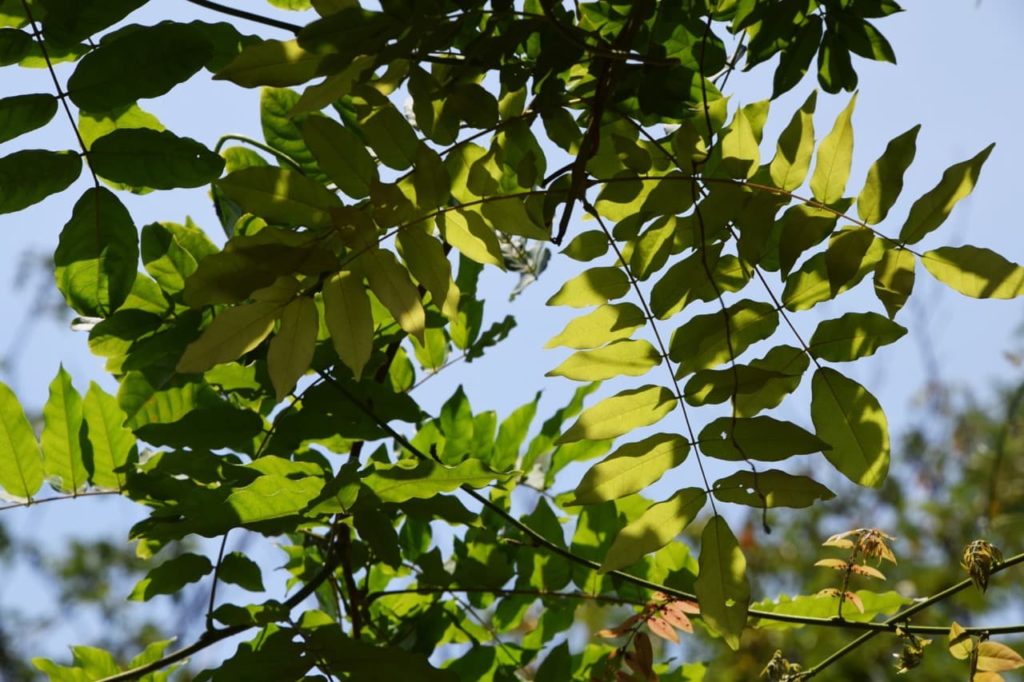
It can take as long as 20 years in some cases and even then the results don’t necessarily live up to expectations.
Because of this, the plant may not yet have reached the stage where it will flower well and reliably, so you may simply need to have more patience or purchase and plant a named cultivar that is more likely to flower quickly.
2) Not Yet Fully Established
Even a named cultivar that has been purchased and planted might not flower well, if at all, for the first couple of years after it is planted into your garden.
This is completely normal and, for a year or two after planting a wisteria, non-flowering is not necessarily something to be worried about.
The plant should begin to flower well and settle down nicely once the roots are properly established in the planting location.
3) Exposure To Adverse Conditions
If you have a wisteria that has flowered well in previous years, the issue is likely to be different to the possibilities above.
You will need to think about what might have led to the plant developing an issue with flowering when it did not have one before.
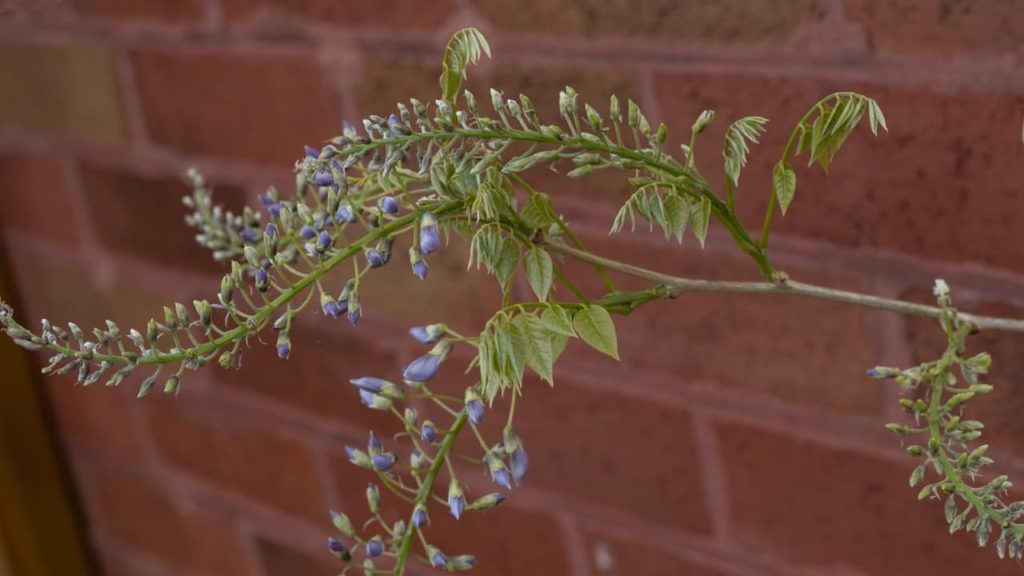
One of the most common reasons for non-flowering is that the plant experienced adverse conditions during the period between July and September of the year before.
Often, the issue is dry soil and drought conditions, which can cause the buds to fail to form correctly and to drop off.
It is very important to make sure that it gets enough water through the growing season, especially during this crucial time of the year.
4) Damaged By Frost
Another issue that may have arisen to cause non-flowering in a particular year is spring frosts, which may have caused some damage to the wisteria buds before they opened or caused them to drop off before any flowers could properly form.
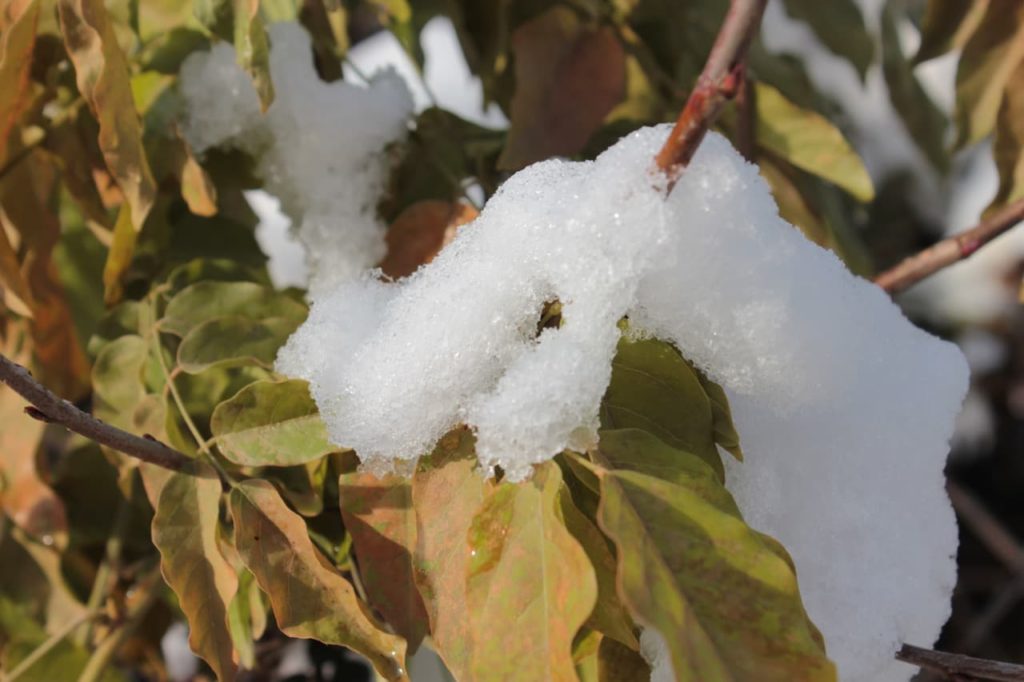
Frosts can also potentially cause flowers to become distorted and can prevent the wisteria from flowering completely if all of the buds are lost.
5) Located In Too Much Shade
Another reason that wisteria might fail to flower is due to a lack of sunlight.
If a wisteria is positioned in too shaded a location, flowers are unlikely to form.
It is always important when growing any plant to check the environmental conditions that it needs and check that those are met in the planting location.
A less-than-optimal growing location can cause a range of different problems, including the flowers of wisteria failing to form.
6) Growing In Poor Soil With A Lack Of Nutrients
Sometimes, non-flowering can be caused by poor soils or nutrient deficiencies.
For example, wisteria may flower poorly if there is a shortage of potassium in the soil.
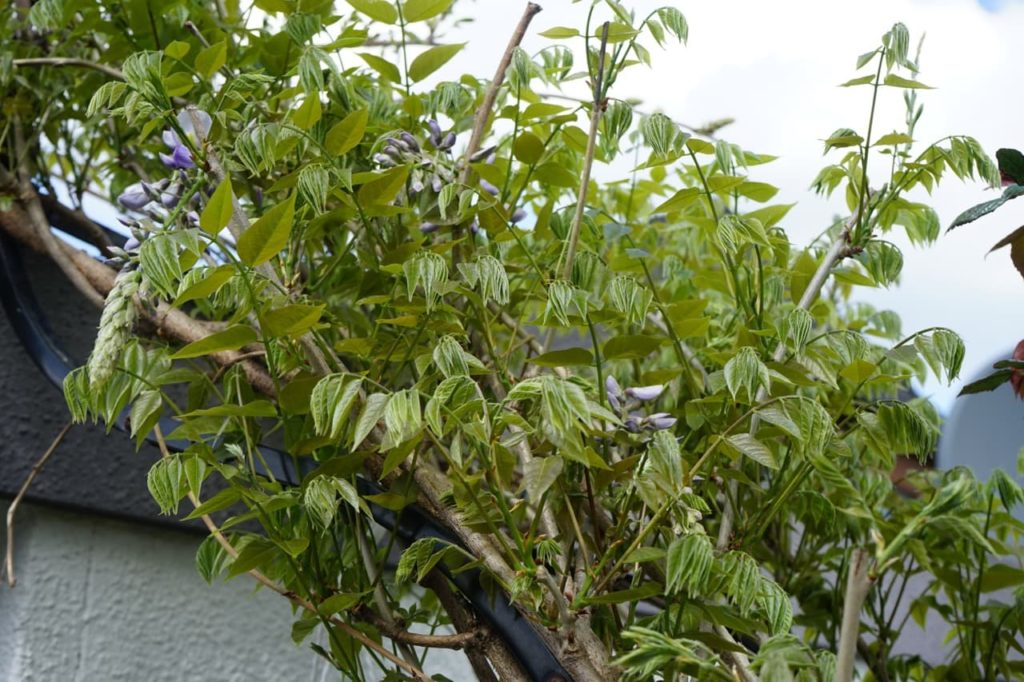
Those who are gardening on poor soils should consider how to address a potential lack of potassium.
This could include mulching with potassium-rich plant matter or by adding other organic soil amendments, such as wood ash, in moderation.
7) Incorrect Pruning
Human error can also be the cause of a wisteria failing to flower.
Pruning a wisteria in the early summer or pruning too heavily at the correct time can cause problems.
“It might be necessary to prune wisteria harder if it has not had routine pruning,” shares Master Horticulturist Colin Skelly.
“In this case, flowering might take 2-3 years to resume to previous levels, but should return to consistent flowering once regularly pruned in late summer and in winter.”
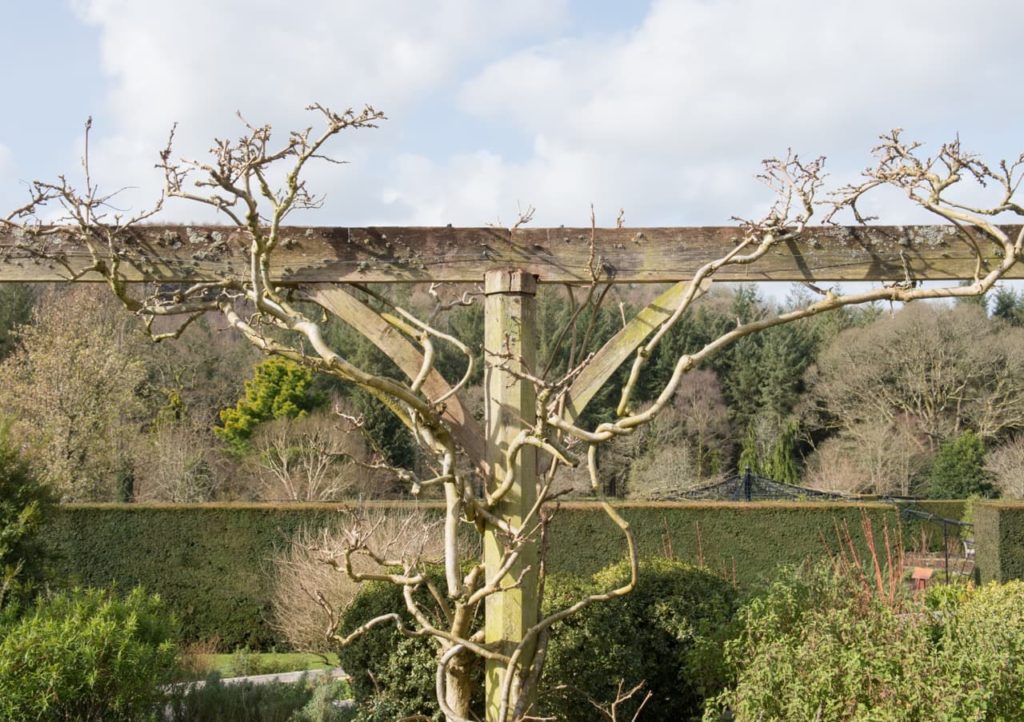
Wisteria is usually pruned twice each year, once in July or August and once in the winter, in January or February.
This pruning is not strictly essential, but it will encourage free flowering and mean that you have a more regular display of blooms.
Summer pruning allows light to reach young growth, improving the chances of flower buds forming successfully, whilst cutting back in winter restricts vegetative growth and encourages short, flowering spurs which make blooms more prolific.
A wisteria that is as happy and healthy as can be is much more likely to flower well, so making sure that you pay attention to the overall health of the plant and caring for it correctly is important if you want to enjoy an abundance of beautiful blooms each year.
